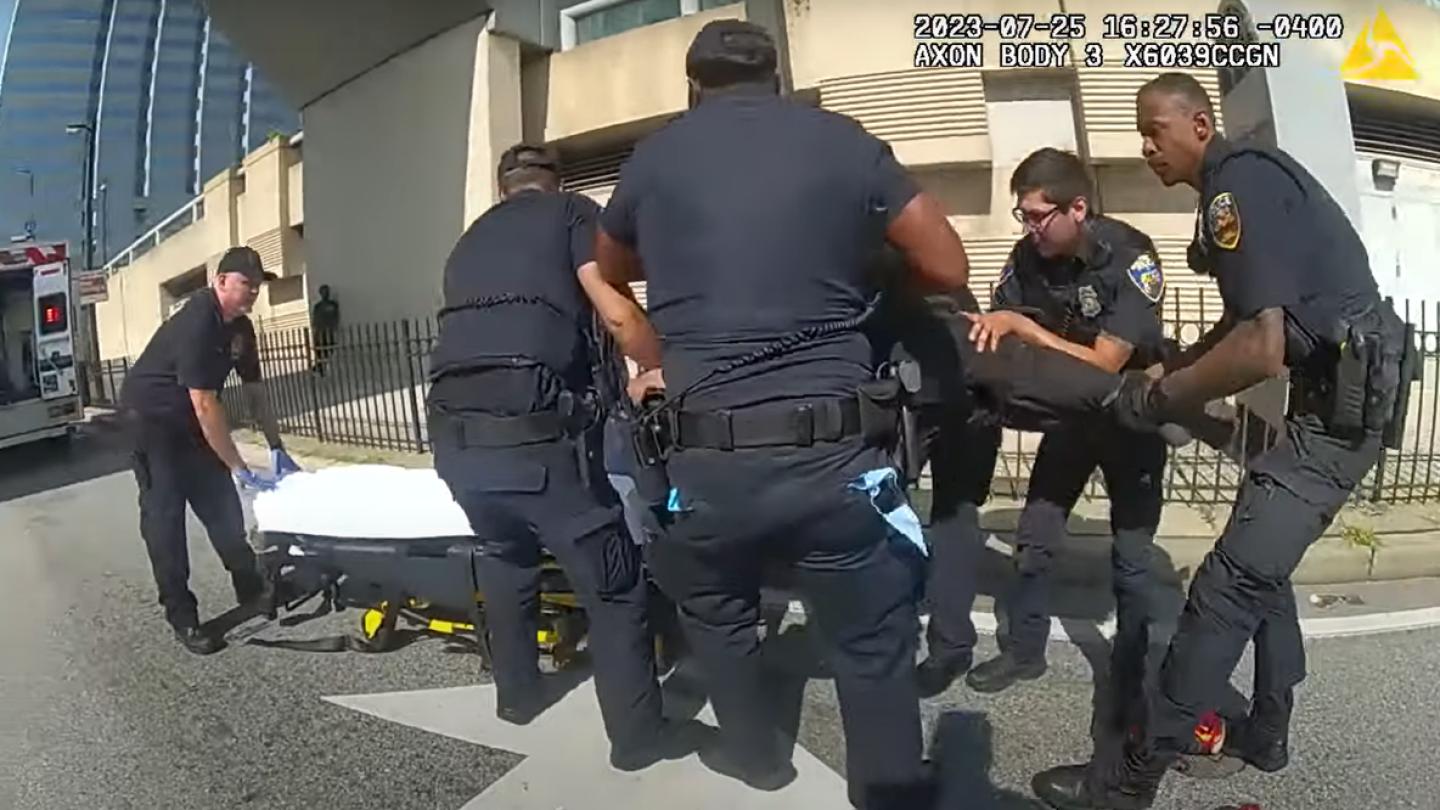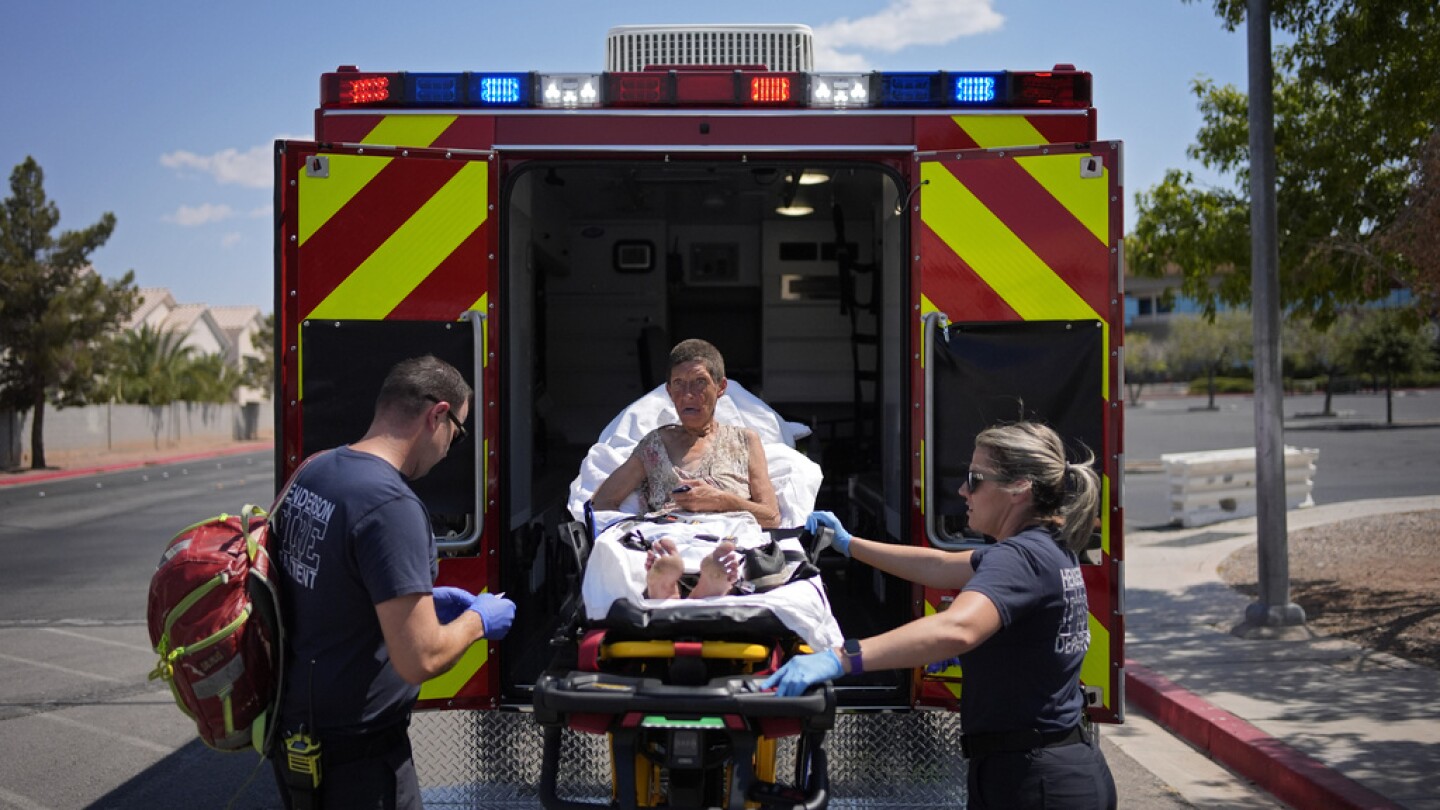Patient Assessment
Patient assessment is the process an EMT or paramedic follows to evaluate an injured or ill patient. The process includes a scene size-up, which is the identification and mitigation of risks, a primary assessment to find and fix life threats and a secondary assessment to perform a focused history and physical exam of the patient. Each step is an opportunity to collect information that will guide treatment and inform a transport decision. In the EMS1 Patient Assessment topic find the latest news about patient assessment and top resources to improve your patient assessment skills.
Diabetic ketoacidosis calls are rising — are your skills ready for the spike?
Drs. Christine Carico and Matt Levy reveal why lifesaving blood transfusions remain rare in EMS care — and what needs to change to save more lives
5 tips to quickly find a patient’s radial pulse for vital sign assessment
The National Park Service said the man was taking a short walk in the Mesquite Flat Sand Dunes in 123-degree heat when he either broke or lost his flip-flops
Fort Lauderdale firefighters quickly extinguished a fire at a treatment center
Investigators and experts say despite warnings about the dangers of lying face down, the patient stayed on his stomach for several minutes
The death of a firefighter attendee and the wounding of three others, including former President Trump, is a tragic reminder of gunshot wound assessment and treatment challenges
Follow these steps to facilitate a successful outcome for dealing with emergencies involving kids
An initial visual assessment can identify threats to you and your patient before you narrow down a differential diagnosis
Over 142 million people across the U.S. have been under heat alerts
Go back to the basics with a thorough understanding of pediatric appearance, breathing and circulation warning signs, and the cardinal rule of pediatric assessment
Orangeburg County EMS and the sheriff’s office will go to court after a judge ruled earlier that Paul Tarashuk’s death did not fall under qualified immunity
First responders from two counties responded to several calls involving injured persons and sinking boats
A hot air balloon became unanchored during a fair in Williams and crashed into several vehicles
8 crucial blood pressure monitor features to ensure optimal performance and accuracy
Approximately 100 people were attending a party at the Somerset County park when the explosion occurred
Three patients were flown to mainland hospitals after the boat they were in crashed into a Florida Keys bridge
Authorities said no one was in custody following a violent holiday weekend
The high temperature prevented a medical helicopter from transporting a patient in Nevada
A Long Beach Fire Department captain said speed was a factor in the Alamitos Bay crash
Circle the City introduced its IV rehydration program as a way to protect homeless people in Arizona as temperatures soar
Sizzling sidewalks and unshaded playgrounds pose risks for surface burns as air temperatures soar
The man “ignited a large firework device” and put the lit firework on his head, leaving him with “massive head injuries,” Dorchester County deputies said
Any EMS provider can improve their patient care and assessment by thinking like a remote-area medic
Braintree and Canton firefighters and medics started the whole blood transfusion on the crash victim during transport to the hospital
Video showed Rochester police and AMR leaving the man on a bench where he fell over and was unattended for more than two minutes, the lawsuit claims
Deer Park Assistant Fire Chief Dominic Albanese said the crash was horrible and will be tough for the community
Patients complained of respiratory issues after an accidental release of the repellent inside the Lower Nazareth Township Walmart
Syracuse firefighters said they saw so many people on the scene that it was tough to tell who was a victim
Honolulu Fire Department said Diamond Head rescues also topped the list in 2023 and 2022
Three motorcyclists were killed in the crash on I-5 near Camp Pendelton
Understand why blood pressure and heart rate may not be a good early indicator of a hypovolemic shock state
A review of shock stages, signs and symptoms and treatments for the EMT or paramedic student



































